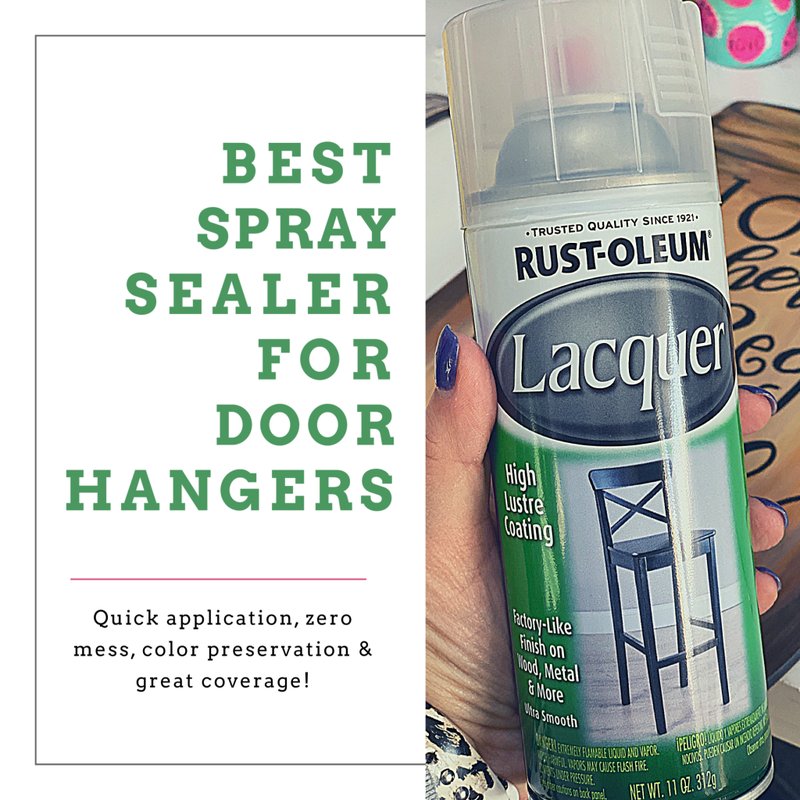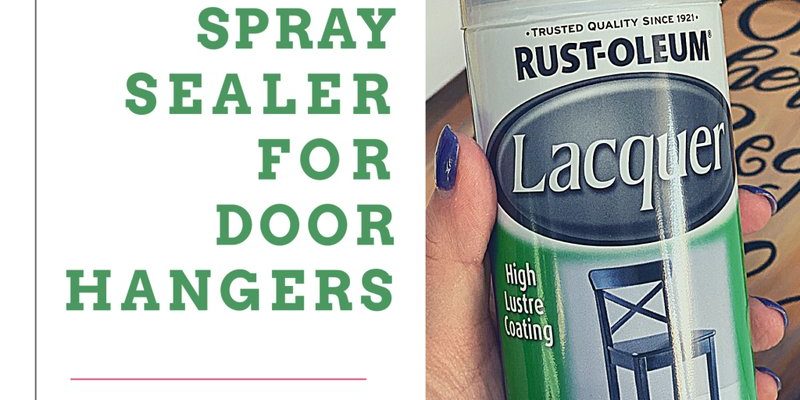
Sealants act like a shield, making your life easier by preventing damage before it starts. Imagine you just installed a sleek, new metal door handle. You want it to shine and function perfectly, right? Using the right sealant will keep it protected from scuffs, scratches, and the dreaded rust. Let’s dive into the best sealants out there for raw metal door hardware, so you can keep your installations looking fresh and new for years to come.
Why Sealants Matter for Metal Hardware
You might be wondering, “Why should I care about sealants?” Well, the truth is, raw metal isn’t just tough; it’s also susceptible to environmental factors like moisture and air. When metal is exposed to water, it can lead to oxidation, which causes rust. Sealants provide a protective barrier against these elements, saving you from costly replacements or repairs down the road.
Think of sealants like sunscreen for your skin. Just as you apply sunscreen to shield yourself from harmful UV rays, you apply sealants to protect your metal hardware from rust and corrosion. They can also help maintain the appearance of your hardware. Over time, metal can become dull and discolored. The right sealant keeps it looking shiny and new.
Not all sealants are created equal, though. Different materials, applications, and environments call for specific types of sealants. Understanding how they work will help you choose the best one for your needs.
Types of Sealants for Metal Hardware
There are various types of sealants that you can use, each with its unique properties. Here are the most common types used for protecting raw metal door hardware:
- Polyurethane Sealants: These are incredibly versatile and bond well to metal. They offer excellent weather resistance and flexibility, making them ideal for outdoor hardware.
- Silicone Sealants: Known for their waterproof properties, silicone sealants are great for ensuring that water doesn’t permeate through joints. However, they may not adhere well to some metals, so check compatibility.
- Acrylic Latex Sealants: These are easy to work with and can be painted over, making them a good choice for aesthetic applications. They’re not as durable as polyurethane or silicone, but they can still offer some protection.
- Epoxy Sealants: Providing a strong bond, epoxy sealants can withstand a lot of wear and tear. They’re great for areas that experience heavy use or stress.
Choosing the right sealant depends on the specific needs of your project. It’s essential to consider factors like the environment where the hardware will be used and how much flexibility you need in the sealant.
Top Sealant Brands to Consider
When it comes to sealants, brand reputation often speaks volumes. Here are some tried-and-true brands that offer excellent products for protecting raw metal:
- Gorilla: Known for its durable adhesives, Gorilla also has a range of sealants that work well on metal surfaces. Their polyurethane sealant is particularly popular for outdoor use.
- DAP: DAP’s products are widely used by both professionals and DIYers. Their silicone sealant is effective for indoor and outdoor applications due to its flexibility and weather resistance.
- Loctite: If you’re looking for a heavy-duty option, Loctite offers industrial-grade sealants that provide exceptional bonding and protection against rust.
- Rust-Oleum: Famous for its protective coatings, Rust-Oleum also offers sealants specifically designed to protect metal surfaces from moisture and corrosion.
Each of these brands has its strengths, so choosing one will depend on your specific needs and preferences.
How to Apply Sealants on Metal Hardware
Applying sealants sounds straightforward, but there are a few steps to ensure the best results. Here’s a simple process to follow:
1. Clean the Surface: Start by cleaning the metal hardware thoroughly. Remove any dust, oil, or old sealant using a degreaser or rubbing alcohol. A clean surface helps the sealant adhere better.
2. Prepare the Sealant: Depending on the type of sealant, you may need to cut the tip of the tube or mix components. Follow the manufacturer’s instructions closely.
3. Apply the Sealant: Use a caulking gun for easy application. Squeeze the sealant along the joints or edges you want to protect. Try to apply it evenly without gaps.
4. Smooth the Sealant: You can use a tool or your finger to smooth out the sealant. This not only makes it look nice but also helps it bond better.
5. Cure Time: Allow the sealant to cure for the recommended time before exposing it to moisture or heavy use. This varies by product, so check the instructions.
Following this process can save you time and money in the long run by ensuring your metal hardware stays protected.
Common Issues with Sealants and How to Avoid Them
Even with the best intentions, sometimes things can go wrong. Here are a few common issues you might encounter with sealants, along with tips on how to avoid them:
– Poor Adhesion: If the sealant doesn’t stick well, it might be due to a dirty surface. Always clean thoroughly before application. If the metal is rusty, consider sanding it down for a better bond.
– Cracking or Peeling: This can happen if you apply sealant in extreme temperatures or if it’s not cured properly. Make sure to check the product guidelines for ideal application conditions.
– Cloudy Appearance: Some sealants can dry cloudy, especially if applied too thickly. Stick to recommended thickness for a clear finish.
– Incompatibility with Certain Metals: Not all sealants work with every type of metal. Always check compatibility on the product label to prevent issues down the road.
Taking a little time to prep and applying the sealant correctly can help you dodge these common pitfalls.
In the end, protecting your raw metal door hardware with the right sealant can make all the difference. By understanding the different types of sealants, knowing which brands to trust, and applying them correctly, you can keep your hardware looking new and functioning well for years to come.
Remember, it’s all about adding that extra layer of protection—like a reliable umbrella during a sudden downpour. So gear up, choose the right sealant, and protect your investment. After all, a little prevention goes a long way!
